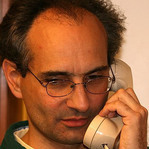Still Photography Days Counted
-
Recently Browsing 0 members
- No registered users viewing this page.
-
Similar Content
-
- 17 replies
- 688 views
-
Still trying
By jpreisch,
- 2 replies
- 168 views
-
- 6 replies
- 253 views
-
M10R Still Worth It? 1 2 3
By ktmrider2,
- 45 replies
- 6,364 views
-
- 2 replies
- 767 views
-





Recommended Posts
Join the conversation
You can post now and register later. If you have an account, sign in now to post with your account.
Note: Your post will require moderator approval before it will be visible.